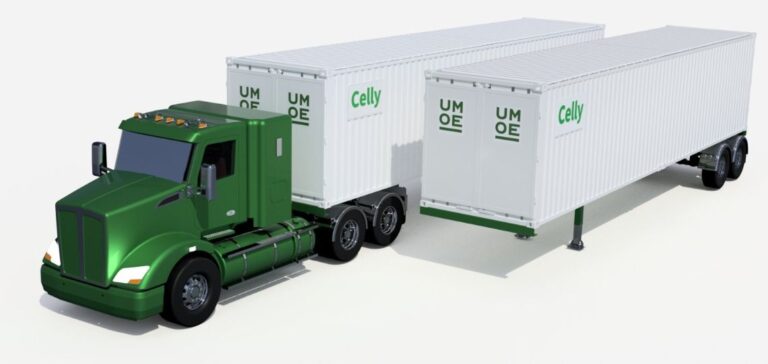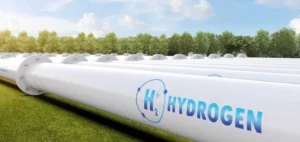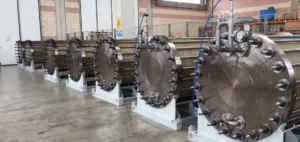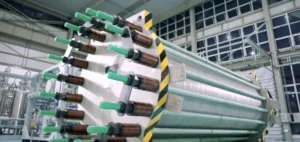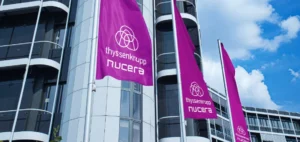Norwegian manufacturer UMOE Advanced Composites has announced that it has received a special permit from the United States Department of Transportation (DOT) for its Type IV composite hydrogen transport vessels. This regulatory clearance now allows its Multi-Element Gas Container (MEGC) trailers, made from fibreglass, to enter the US market.
Celly H2, LLC, UMOE’s exclusive agent for the United States, will oversee the deployment of the now-certified equipment. These trailers are designed for high-pressure hydrogen storage and transport at 350 bar. According to published data, they address an unmet need within current US infrastructure, particularly for distribution networks and refuelling stations.
Operational savings targeted by transport operators
UMOE states that its Type IV tanks offer a 40% reduction in capital expenditure (CAPEX) compared to carbon fibre models, along with significantly lower operational costs (OPEX) compared to Type I steel alternatives. These savings are enabled by a lightweight design that delivers up to 70% weight reduction, allowing for higher payloads and lower fuel consumption.
The safety performance of the tanks has also been highlighted, having passed a series of extreme condition tests. The composite material provides improved resistance to corrosion, mechanical stress and environmental impacts.
Immediate deployment on the US market
With more than 80% of its global orders linked to hydrogen applications, UMOE is now focusing on direct expansion into the United States. The approved MEGC model is designed for industrial, mobility and energy storage applications. Entering the US market extends the company’s footprint, already established in 32 countries.
According to Shawn Laughlin, President of Celly H2, LLC, “this DOT approval is a pivotal step toward expanding hydrogen infrastructure in the United States.” He also noted that UMOE’s technology, already proven in Europe and Asia, provides American customers with a readily deployable solution for their operations.
Capacity to serve multiple market segments
The certified MEGC trailer model is expected to be used in various sectors requiring high-pressure, large-volume transport, although no details were provided on initial orders or expected volumes.
The approval comes amid growing investment in hydrogen in the United States, although the market continues to face logistical constraints. UMOE and Celly H2 are betting on this regulatory opening to secure a share of upcoming distribution infrastructure demand.


